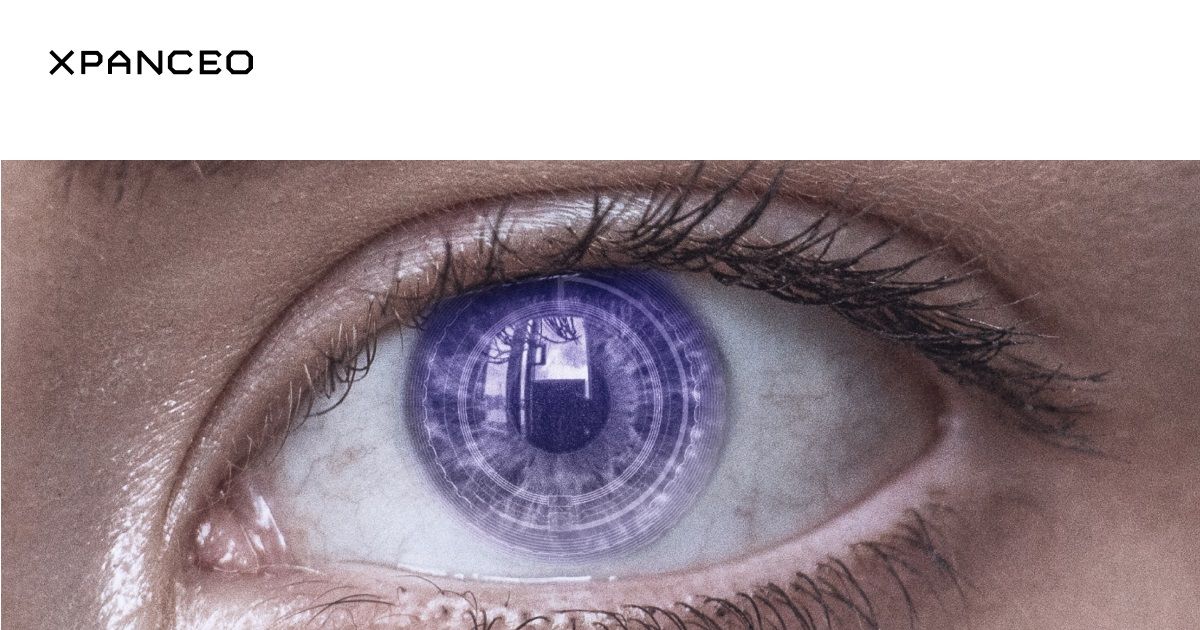Our vision
XPANCEO

XPANCEO is a deep tech company that develops an invisible and weightless smart contact lens as the ultimate interface for AI-powered XR computing.
Our contact lens reinvents the whole concept of human-technology interaction and redefines the way we experience both real and digital worlds, including social media, content consumption, and gaming.
By merging all your gadgets into one, the smart contact lens transforms the everyday into an infinite XR experience, replete with advanced real-time health monitoring and comprehensive practical recommendations, superpowers like night vision and zoom, and cutting-edge privacy and security measures.
This website uses cookies to improve user experience. By using our website you consent to all cookies in accordance with our Cookie Policy.
